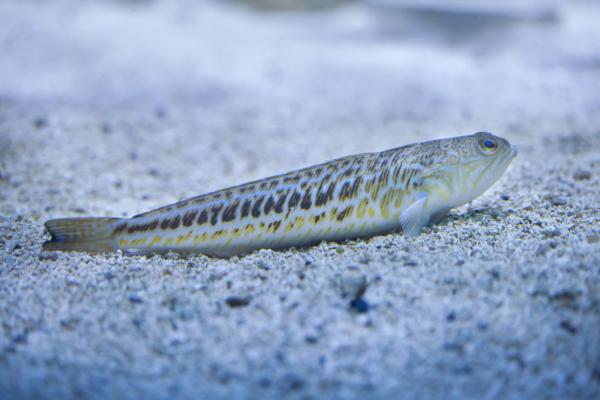The weever fish (genus Trachinus) is a venomous marine fish found in the eastern Atlantic, Mediterranean, Bay of Biscay, the Black Sea, and even the northern coast of Africa. Known by various names—such as weever, dragon fish, scorpion fish, or viperfish—these fish are notorious for causing painful stings to beachgoers and fishermen, especially in summer. This article provides a comprehensive guide to weever fish identification, their sting symptoms, treatment, and prevention—essential knowledge for anyone visiting or working on the coast.

Classification & Species: The weever fish belongs to the Perciformes order, genus Trachinus, with four main species: the greater weever (T. draco), spotted weever (T. araneus), starry weever (T. radiatus), and lesser weever (T. vipera).
Distribution: Found along the eastern Atlantic, Mediterranean Sea, Bay of Biscay, Black Sea, and northern Africa's coastline.
Habitat: Prefers sandy or muddy sea bottoms at depths of up to 100 meters; in summer, they move closer to shore, partially burying themselves in the sand.
Size and Appearance: Adult length ranges from 15 cm (T. vipera) to about 50 cm (T. draco, T. araneus). They have elongated, compressed bodies, yellowish-brown coloring with black or bluish spots, and prominent heads.
Head and Mouth: Eyes are high on the head and close together, allowing good visibility even when buried. The mouth is large and angled upwards for catching prey.
Venomous Spines: The first dorsal fin is short, dark, and contains several sharp, venomous spines. There is also a robust, venomous spine at the edge of the gill cover (operculum).
Diet and Behavior: Carnivorous, feeding on small fish, crustaceans, and mollusks. The venomous spines are a defensive adaptation against predators—and, unfortunately, a hazard to humans.
The weever’s venom glands are connected to the spines in the first dorsal fin and operculum. When stepped on or mishandled, the spines puncture the skin and inject venom. The toxin is a heat-sensitive glycoprotein with neurotoxic effects. Main symptoms include:
Local effects: Immediate, intense pain, urticaria (hives), swelling, superficial or deep necrosis, and sometimes gangrene at the sting site.
Systemic effects: Dizziness, headaches, fever, nausea, vomiting, heavy sweating, muscle cramps, and in rare cases, loss of consciousness.
Rare complications: In exceptional cases—usually with direct injection into the bloodstream—paralysis, arrhythmia, breathing difficulties, or even death may occur. However, fatalities are extremely rare.

Prompt professional medical attention is always recommended. However, if immediate help isn’t available, follow these steps:
Clean the Wound: Wash thoroughly with clean water or a mild antiseptic to reduce the risk of marine bacterial infection. Remove any visible spines from the wound.
Apply Heat: Immerse the affected area in hot water (as hot as can be tolerated, up to 45°C/113°F) for 30–90 minutes. Heat inactivates the venom and can dramatically reduce pain.
Pain Management: Take painkillers as advised by a healthcare professional. Do not self-medicate excessively.
Do Not:
Apply tourniquets or try to suck out the venom, as this can worsen injury or spread infection.
Attempt to cut the wound.
Preventive Tips:
Walk slowly and attentively when entering the sea.
Wear sturdy footwear in shallow water.
Handle weever fish with thick gloves and extreme care.
Despite their fearsome reputation, weever fish are not endangered and are classified as “Least Concern” by the IUCN. However, awareness and education are vital for preventing injuries and ensuring both human safety and ecological balance.
Want to learn more about venomous marine animals or how to stay safe on the beach? Browse our “Wildlife Encyclopedia” for expert guides and fascinating animal facts!
Bibliography
Lemus Reyes, J. N., & Boada Fernández del Campo, C. (2001). “The Spiderfish Bite.” Available at: https://scielo.isciii.es/pdf/medif/v11n6/notacli1.pdf
animal tags: Weever Fish
We created this article in conjunction with AI technology, then made sure it was fact-checked and edited by a Animals Top editor.